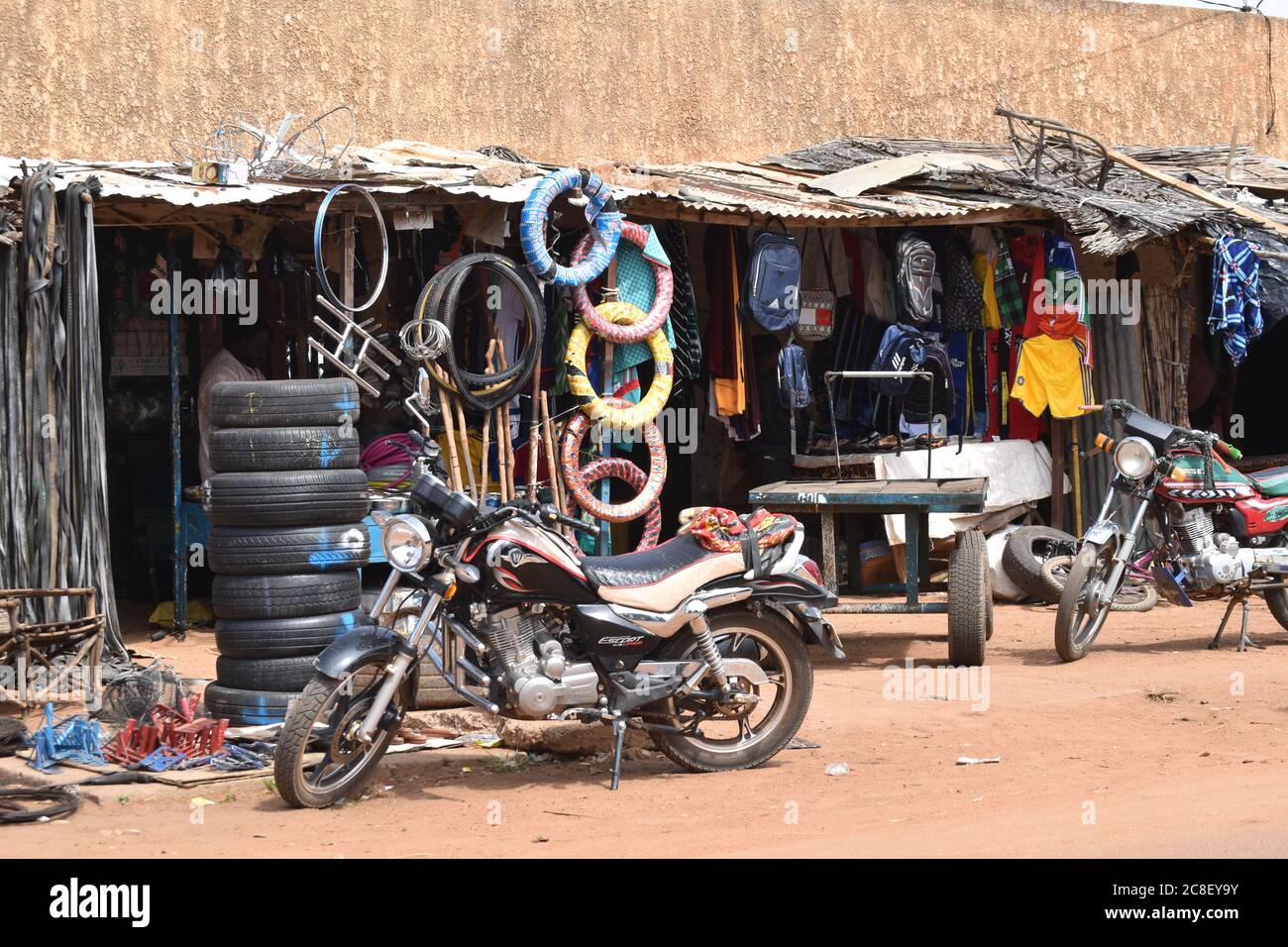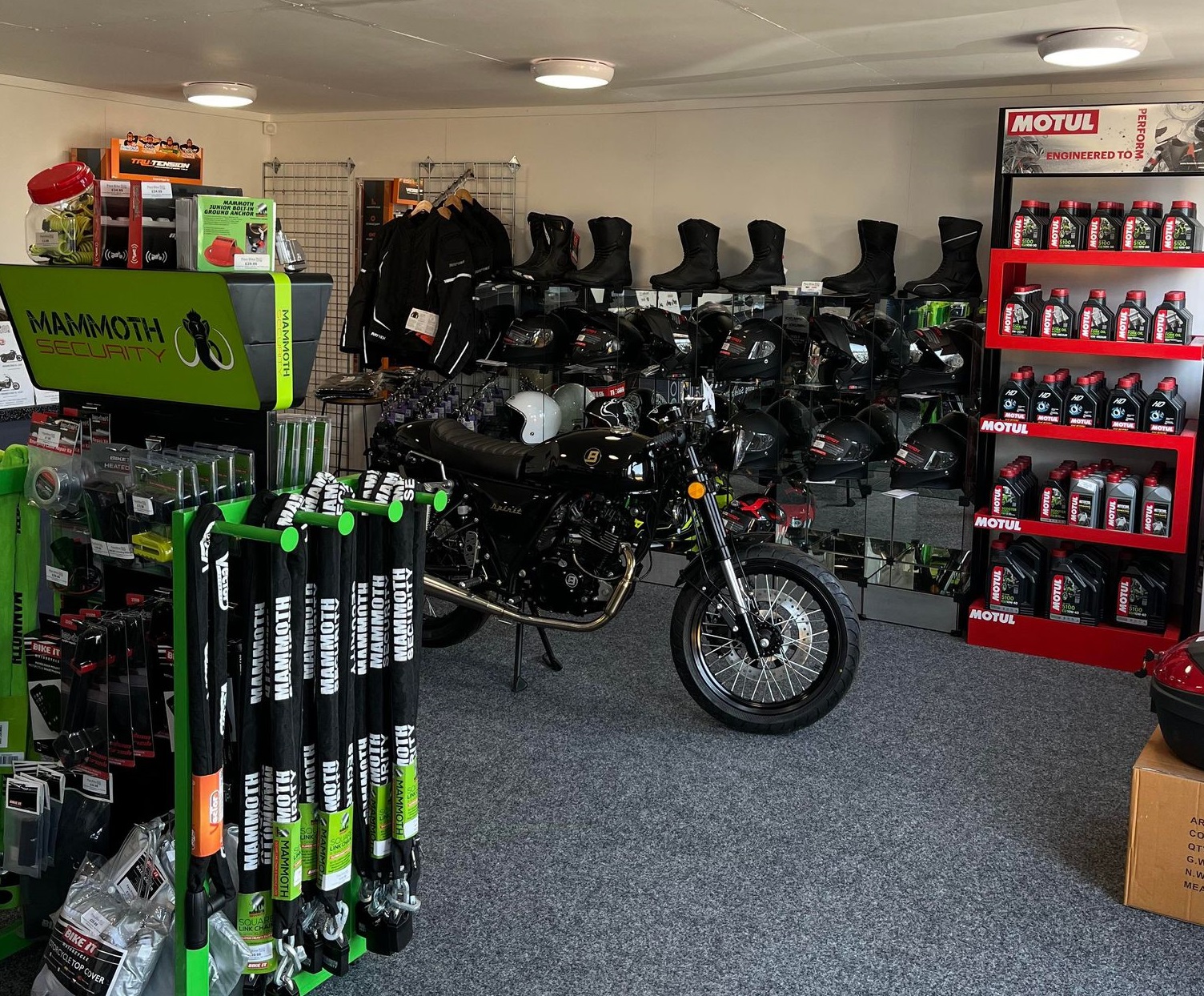Let Loose Performance with Costs Motox Parts NZ Available Below
Let Loose Performance with Costs Motox Parts NZ Available Below
Blog Article
Grasping Motorcycle Gears: How to Optimize Your Riding Experience
In the realm of motorcycling, mastering the art of gear manipulation is vital for improving your riding efficiency. Correctly utilizing and understanding bike equipments can dramatically affect control, acceleration, and fuel effectiveness, transforming an average adventure right into a seamless, exhilarating trip. By integrating accurate shift timing and adjusting gear selection to numerous roadway conditions, cyclists can make sure optimal engine efficiency and security. The nuances of clutch control, throttle control, and gear technicians bid a deeper expedition, guaranteeing to open the full potential of your maker. How can these techniques be taken advantage of to really optimize your riding experience?
Understanding Equipment Mechanics
How do the complexities of gear auto mechanics affect bike performance? At the core of motorbike characteristics, equipment mechanics play a critical function in transforming engine power into movement, eventually determining rate and control. Gears, thoroughly crafted parts, permit cyclists to maximize torque and rate, making certain a smooth change via various surfaces and rates. The equipment proportions, very carefully created, determine the partnership between engine transformations and wheel turns, impacting acceleration and gas effectiveness.
Recognizing equipment auto mechanics begins with identifying the relevance of the gearbox, which houses numerous equipments of varying dimensions. These gears interact through a process referred to as meshing, where teeth of various gears involve to transfer power. The precision of this communication is vital; any type of imbalance or damage can lead to ineffective power transfer, impeding efficiency. Furthermore, the arrangement and dimension of gears affect the motorbike's capacity to take care of different lots and speeds.
In addition, the concept of equipment shifting is essential to making best use of performance. Timely and smooth changes ensure that the engine operates within its optimum power band, avoiding unneeded strain and improving longevity (motocross gear nz). By comprehending these mechanical ins and outs, cyclists can achieve an unified mix of performance, power, and control, elevating their riding experience
Timing Your Shifts
Change timing proficiency is vital for maximizing bike performance and boosting the riding experience. Properly timed shifts make certain that the engine runs within its ideal power band, which is crucial for keeping control, achieving smooth acceleration, and making sure the longevity of the bike. Riders must create an instinctive sense of when to move equipments, which includes recognizing the partnership between engine transformations per minute (RPM) and rate.
To grasp change timing, pay very close attention to the engine's noise and feel, as these give vital ideas regarding when to transform equipments. When the engine approaches the upper array of its power band without reaching the redline, the suitable shift point generally happens - motocross gear nz. Shifting too early can cause an absence of power, while changing also late might cause unnecessary engine pressure
Furthermore, road problems and riding design impact shift timing. For example, in city setups, smoother and extra regular shifts may be needed to browse website traffic efficiently. On the other hand, during freeway riding, fewer changes at greater rates can be better suited. Practicing in different settings will certainly improve your capability to time handlebar switch changes exactly, eventually boosting your riding experience to a specialist level.
Enhancing Fuel Efficiency
While mastering motorbike equipments is critical for efficiency, improving fuel performance is equally essential for both environmental and economic reasons. Optimum gas usage not only minimizes functional costs yet likewise decreases the environmental impact of riding. To achieve this, one should understand the intricate partnership between equipment choice and engine efficiency.
Riding in a higher equipment at reduced Visit This Link speeds can lead to engine hauling, which is destructive to both gas economy and engine health and wellness. Conversely, riding in reduced equipments at high rates results in unnecessary gas consumption.
In addition, regular maintenance plays an essential duty in fuel performance. Guaranteeing that the motorbike is well-tuned, with tidy air filters and correctly inflated tires, can lower and improve aerodynamics gas wastage. Adopting a riding style that embraces steady acceleration and smooth deceleration can add to far better gas economic situation.

Methods for Smooth Transitions
Accomplishing smooth gear transitions is basic to boosting the riding experience and making sure the durability of a motorbike's transmission system. Correct equipment changing not just contributes to a seamless trip but additionally minimizes deterioration on the mechanical components. To master the art of smooth transitions, riders need to concentrate on a couple of essential strategies.

Secondly, clutch control plays a crucial duty. Involving and disengaging the clutch smoothly requires practice. The clutch lever ought to be released slowly, permitting for a seamless transfer of power from the engine to the wheels without creating a jolt or sudden published here activity.

Adjusting to Road Conditions
Navigating varied roadway conditions is an important skill for any type of motorcyclist intending to preserve control and safety. Whether you're riding on damp surfaces, crushed rock roads, or browsing doglegs, your capability to adjust your equipment use and riding technique is vital. Comprehending just how to readjust your gears suitably can substantially affect traction and security, ensuring a much safer journey.
On wet roads, it is advisable to preserve greater equipments to decrease torque and reduce wheel spin. This method helps preserve grasp on unsafe surface areas, permitting smoother acceleration and deceleration. On the other hand, when riding on crushed rock or unequal surface, lower gears are preferable. Lower gears supply far better control and enable you to react even more swiftly to unanticipated changes in the road surface.
Sharp contours require exact gear administration to stabilize rate and control. Downshifting prior to going into a curve can aid maintain momentum while guaranteeing the motorcycle remains stable throughout the turn. Regular technique in different conditions improves your capability to forecast and respond to changes in road structure and slope.
Final Thought
Mastering motorcycle equipments substantially enhances the riding experience by boosting fuel, velocity, and control performance. Adapting equipment choice to numerous road problems, such as utilizing greater gears on wet surfaces and reduced equipments on crushed rock, further improves handling and safety.
Understanding gear mechanics begins with acknowledging the relevance of the transmission, which houses several gears of varying dimensions. These gears engage with a process known as meshing, where teeth of various equipments engage to transmit power (motox parts nz). Mild modifications to the throttle during equipment shifts can avoid jerky movements and keep a constant riding speed
Whether you're riding on wet surface areas, gravel roadways, or navigating sharp turns, your ability to adjust your gear use and riding method is vital. Adapting equipment selection to numerous road conditions, such as utilizing higher equipments on wet surface areas and lower equipments on gravel, more improves handling and safety.
Report this page